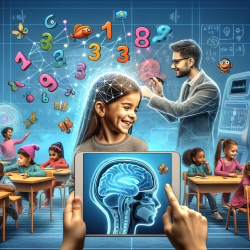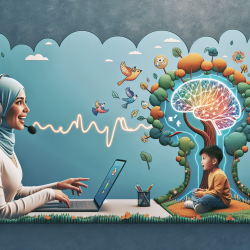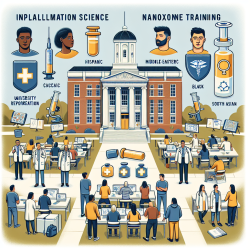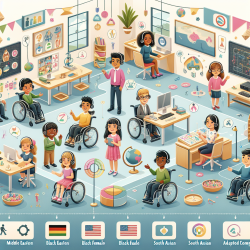Introduction
The capacity to work with numbers in various representational formats is a critical skill developed early in childhood, serving as a foundation for mathematical thinking. Recent research titled "Shared Numerosity Representations Across Formats and Tasks Revealed with 7 Tesla fMRI: Decoding, Generalization, and Individual Differences in Behavior" offers valuable insights into how numerosity is represented in the brain and its implications for educational practices.
Understanding Numerosity Representation
The study, conducted using 7 Tesla functional magnetic resonance imaging (fMRI), explores whether symbolic and nonsymbolic representations of numbers share cortical activation patterns and how these patterns relate to mathematical abilities. The research involved 39 healthy adults and demonstrated that numerosity-specific neural resources are shared between formats, specifically in the bilateral parietal lobes and left inferior frontal gyrus (IFG).
Key Findings and Implications
- Shared Neural Patterns: The research found that both symbolic (e.g., Arabic digits) and nonsymbolic (e.g., dot patterns) numerosities activate similar brain regions, suggesting a shared neural representation. This indicates that educational interventions could focus on strengthening these shared representations to enhance numeracy skills.
- Task Generalization: The study also showed successful generalization across tasks, indicating that the brain uses similar resources for identifying and comparing numerosities. Practitioners can leverage this by designing activities that encourage both identification and comparison to reinforce number concepts.
- Individual Differences: The research highlighted that individual differences in neural decoding did not correlate with performance on number comparison tasks outside the scanner. However, generalization between formats and tasks negatively related to math achievement in the parietal lobes, suggesting that representational specificity is linked to mathematical expertise.
Practical Applications for Practitioners
For practitioners in speech language pathology and education, these findings underscore the importance of integrating both symbolic and nonsymbolic number representations in teaching strategies. Here are some practical steps to consider:
- Incorporate Diverse Representations: Use a variety of numerical representations in teaching, such as visual dot patterns and symbolic numbers, to strengthen the shared neural pathways identified in the research.
- Focus on Generalization: Design activities that require students to generalize numerical concepts across different contexts and tasks, which can help solidify their understanding and application of numeracy skills.
- Personalize Learning: Recognize and address individual differences in numeracy processing by tailoring interventions to each child's unique neural and cognitive profile.
Encouraging Further Research
While this study provides valuable insights, it also highlights areas for further research. Practitioners are encouraged to explore how these findings can be applied to younger populations and diverse educational settings. Additionally, investigating the long-term impact of interventions designed around these neural patterns could further enhance educational outcomes.
To read the original research paper, please follow this link: Shared Numerosity Representations Across Formats and Tasks Revealed with 7 Tesla fMRI: Decoding, Generalization, and Individual Differences in Behavior.










